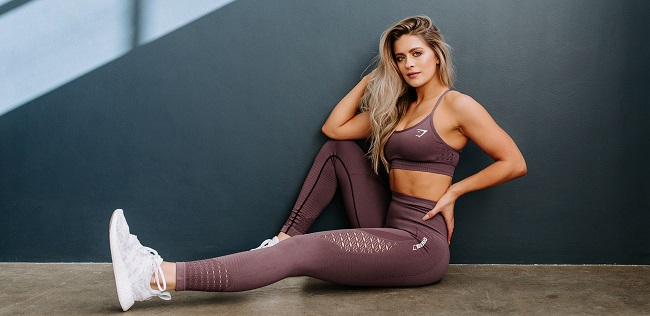A lot of us have a love-hate relationship with our Fitness Clothing. They’re comfortable, but they can be distracting and uncomfortable.
We do our best to find the perfect balance between comfort and performance, but it’s a bit of an open question: Is it better to work out in tight or loose-fitting gym clothing?
With the rise of leisure wear and other “casual” clothing, it’s easy to see why this question is so hard. Tight-fitting gym clothes are often associated with performance, while loose-fitting gym clothes are associated with comfort. But what if there were a happy medium? What if we could have our cake and eat it too?

Working Out In Tight Clothing Fits The Definition Of Function Over Fashion
First of all, it’s important to understand how tight-fitness clothing is different from loose-fitting clothing. Tight-fitting clothing is more form-fitting and contours your body shape better.
This means that if you’re working out in tight gym clothes, chances are your body will be more defined than if you were wearing loose gym clothes. This can help motivate some people who may feel discouraged when they don’t see results as quickly as they’d like.
In addition to looking better, there are several other reasons why tight clothing might be better for working out than wearing loose or baggy workout clothes:
- Tight fitness apparel doesn’t get caught on equipment or other people while you’re exercising (like a shirt collar). This helps prevent injuries during high-impact exercise routines like running and jumping rope since there’s no risk of getting tangled up in clothes!
- It fits tightly enough around the leg openings so that blood circulation isn’t compromised during aerobic activities such as running on a treadmill for extended periods of time (which could lead to lower extremity problems).
A Lot Of Fitness Clothing Is Designed To Be Tight-Fitting
A lot of fitness clothing is designed to be tight-fitting. That’s because it helps you move freely and comfortably, which makes exercising more fun!
Tight-fitting clothing can also help you avoid chafing and blisters—a problem that can keep people from working out regularly.
The Downside Of Tight-Fitting Leggings Is That They Sacrifice A Bit Of Comfort
The downside of tight-fitting leggings is that they sacrifice a bit of comfort.
For example, if you’re doing high-impact cardio or weightlifting, it might be hard to get your pulse up enough because the fabric of your leggings is so restrictive.
This doesn’t mean you have to wear baggy clothes at the gym—just be aware that wearing tighter clothing may cause chafing and restrict movement.
Also, keep in mind that tight fitness clothing is harder to put on than loose ones; if you don’t have time for a pre-workout shower or need to stop by the locker room mid-workout due to an injury or illness (which happens often), having easy access will save you time and frustration!
Conclusion
In conclusion, both types of clothing have their pros and cons. However, if you’re looking for a workout outfit that looks good while also providing comfort and mobility, then loose-fitting clothing is the way to go (and vice versa).


